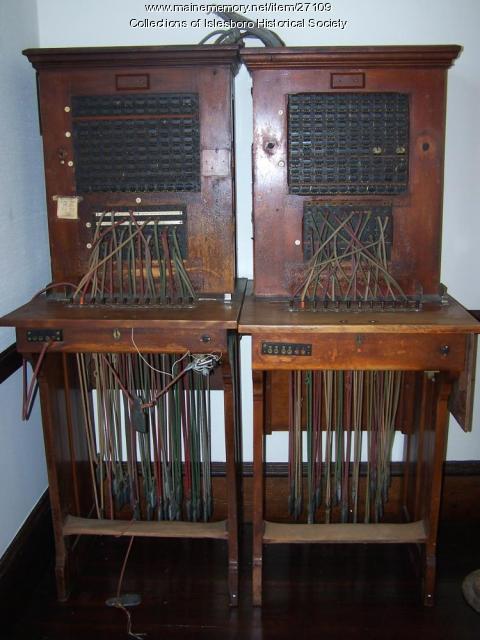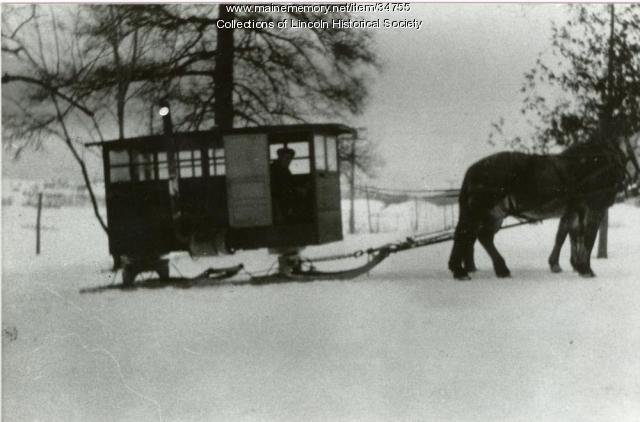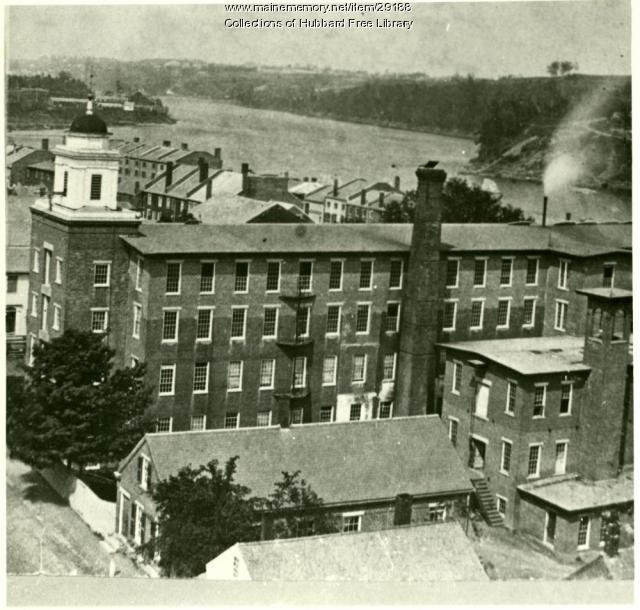Keywords: communications
Item 27109
Telephone Switchboard, Islesboro, ca. 1915
Contributed by: Islesboro Historical Society Date: circa 1915 Location: Islesboro Media: Wood, metal, cord
Item 27110
Telephone Booth, Islesboro, ca. 1919
Contributed by: Islesboro Historical Society Date: circa 1919 Location: Islesboro Media: Metal, wood, glass
Exhibit
The small town of Andover landed on the international map in 1962 when the Earth Station that had been built there successfully communicated with Telstar, the first telecommunications satellite.
Exhibit
Maine Politicians, National Leaders
From the early days of Maine statehood to the present, countless Maine politicians have made names for themselves on the national stage.
Site Page
Lincoln, Maine - Communication & Transportation
"Communication & Transportation Use the menu at left to browse various pieces completed by 7th and 8th grade social-studies students at Mattanawcook…"
Site Page
Historic Hallowell - Communication
"Next in the later half of the 1800’s, they communicated by telegraph.” People first started using telephones in the 1880’s and the first telephone…"
Story
Working as a telephone operator in the 1940s
by Doris Tardy
Working as a telephone operator in 1946 was new and exciting, and challenging.
Story
His First Television Set in the 1950s
by Murray A. Bolduc
Murray A. Bolduc talked about his first TV set in the 1950s
Lesson Plan
Portland History: Signalizing and Non-Verbal Communications at the Portland Observatory
Grade Level: 3-5
Content Area: English Language Arts, Social Studies, Visual & Performing Arts
This lesson is an overview of Captain Lemuel Moody's (builder of the Observatory) signaling system used at the Portland Observatory. Activities range from flag making to mapping and journal writing. The "Signals" slide show allows students to look at Captain Moody's general and private signals notebooks. Students are asked a series of questions about the notebooks and Moody's signaling system allowing for a better understanding of the principles behind the Observatory.













